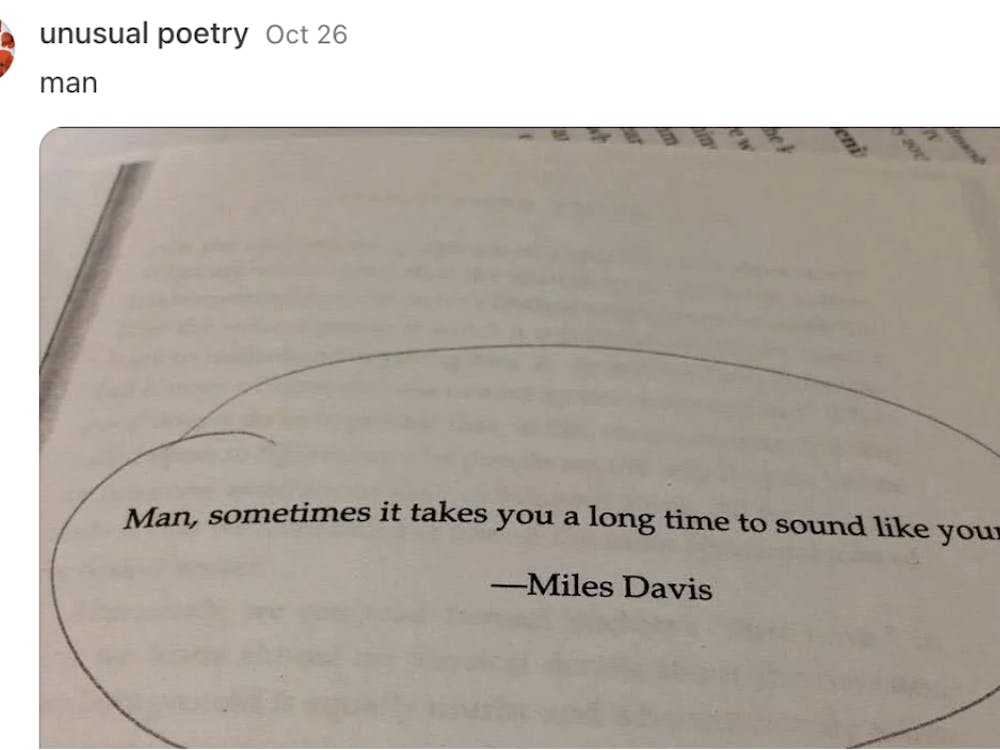By JAMES CAMERON
Six years ago I listened to a song while clicking my through the endless series of links that is Youtube. The song in question was Boten Anna, performed by a then obscure Swedish DJ called Basshunter. It was a completely different kind of song, combining electronic beats and foreign lyrics into something totally distinct from my parents’ vast collection of 80’s rock. Ten minutes after listening to that song, I bought the whole album. So began my love of electronic music. Today’s electronic music, or EDM, is a mainstay of the radio. You can’t make it from Hopkins to the inner harbor without hearing a hit by Ellie Goulding or Krewella. Frat parties blast trap music, a style of EDM that features pulsing bass and a disjointed structure that weirdly comes together into a finished product. But with this popularity comes the media spotlight, and that light unveiled the darker side of EDM. Drugs like ecstasy and MDMA are not newcomers to the EDM scene. They were already fully established when I listened to Boten Anna six years ago. However, the huge popularity of electronic music has suddenly thrust these drugs onto the main stage. Only a few weeks ago, I had an experience at Zedd that reminded me more of airport security than live music. Walking into the show you were required to empty your pockets of all objects and submit to a pat down. If you refused you simply were not allowed in, forfeiting a $40 ticket. No explanation was offered for this unpleasant and intrusive behavior. After the show was over (it was still an amazing time) I learned the reason behind the enhanced security policies. Electric Zoo, a huge EDM festival in New York, had taken place a few days before. Two teens had died there after overdosing on MDMA, a popular “club drug” that is firmly a part of the festival culture. A few days before that, two other teens overdosed at a Zedd show in Boston, leading to their hospitalization. These kinds of stories are not new, but now that EDM has become more popular, you hear about them on the national news. What does this mean for the genre? Is the EDM of today going to have the same association with drugs as the raves of the 90’s did? As much as I would like say no to that question, the honest answer is “I don’t know”. If we as EDM fans continue to behave as we have, we will destroy the genre we love. The destruction will not happen overnight at an oversold Electric Daisy Carnival laced with hospitalizations and overdoses. It will happen slowly. It will happen when parents are afraid to let their kids go to shows. It will happen as cities refuse to grant festivals permits and block DJs from preforming. The destruction will be slow but it will be complete. And the end result will be the disappearance of a truly unique kind of music. Anyone who has been to a great show can tell you what a profoundly life affirming thing electronic music is. The beats find their way inside of you, sucking you into a world of raw emotion in a way no other kind of music can replicate. In many ways that’s where the appeal of these drugs lie: they can enhance that experience by elevating your senses. I am not foolish enough to refute that. But I ask that we as fans take a moment to consider how our actions reflect on our genre. Do we want our music to be defined by its drug culture, or by the incredible emotional experience it can invoke? It is a question that will only be answered with time, but I hope that together we reach the right conclusion. Peace, Love, Unity, Respect.
James Cameron is a sophomore International Studies major from Boston, Mass. He is a staff writer for The News-Letter.




